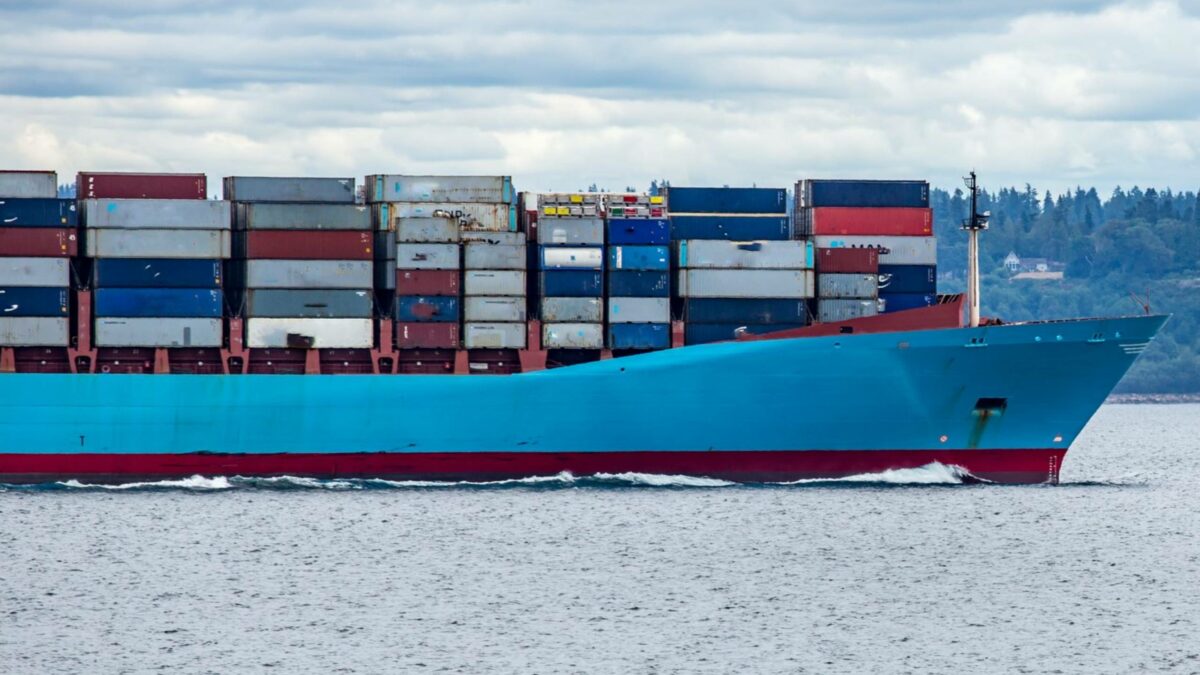2020 was undoubtedly a strange year. The COVID outbreak in March resulted in a major halt in manufacturing which has impacted the economy in a number of ways. I’m sure you’ve noticed how regular items found on amazon.com are either out of stock or now double the price they used to be. The laws of economics explain things pretty quickly.
In the cycling industry, we’ve experienced the impact of the last year in several ways. Cycling as a whole has skyrocketed (this is exciting!), but races have been cancelled. As a result of COVID and the massive increase in demand (which has outweighed the lack of races), the cycling industry is experiencing some challenges.
Here are the impacts we’ve seen and what we are doing to keep inventory and our current pricing. Instead of price gouging during a shortage, we plan to do our best to keep our pricing consistent for our customers. This isn’t a blanket explanation for everyone in the cycling industry, but we’ll take you behind the scenes a little here to fill you in on what is happening for us and how it unfolded.

1. Factory Closures/New Procedures
When COVID first hit, factories closed, stressing the current supply by changing lead times. When factories reopened, there were new safety procedures which also increased lead times, not to mention catching up from the closures.
2. Fear Of Companies, & Fear Of Consumers
The initial response to COVID for a number of companies was to halt orders. As a result, factories saw a reduction up to 90% in USA orders. Consumers spending also decreased.
3. Quarantine Means Buy A Bike
When quarantine hit, a lot of people decided to buy a bike. Whether it was a way to find something to do, stay fit with gym closures, or start a new sport, bike demand skyrocketed from a dead halt. This flooded the factories with orders. #KeepRiding
4. A Rush Of Orders
With the massive increase in demand, orders were placed at factories. The excess introduced production scheduling issues which turned 30-day lead times into 12-month lead times for certain products. The massive customer demand was met with a choked supply.
5. Printing Of The US Dollar
The US stimulus resulted in the printing of US dollars (USD). In the last year, 25% of all US dollars ever printed, were printed. This mass printing has devalued the USD compared to other currencies. Most factories overseas deal in USD when dealing with companies like FLO, but they purchase raw materials in other currencies, like the New Taiwan Dollar. The decrease in value of the US dollar means that the factories cannot buy the same amount of raw materials as they used to. This increases prices to US companies like FLO.
6. Raw Materials
Some raw material production was stopped, creating a supply issue where the mass demand has now stressed the producers. The high demand means resources are allocated to the highest bidder and prices have increased. This price increase also hits the bottom line of companies like FLO.
7. Shipping Times & Costs
COVID greatly impacted world trade. Commercial trade in some sectors dropped by 70%. This influenced the flow of shipping containers around the world. Currently, a large number of shipping containers are in the US and they are needed in Asia. The shortage of containers makes getting space on a ship difficult and expensive when you do get it. This increases the lead time for products being delivered to the USA.
8. Domestic Shipping
Shipping rates have also greatly increased. Trucking, rail, and final destination services have all increased their pricing.
FLO’s Stance On Pricing & The Impact
We are doing all we can to manage our supply chains, keep product in stock, and keep pricing the same. To date, we’ve been able to do this. Our goal is to keep up with demand and keep a consistent price so our customers are not negatively impacted. What 2020 taught us was that anything is possible, so while we are hopeful, what 2021 delivers could change our current plans. If it does, we will be sure to let you know.

Co-founder at FLO Cycling. Jon manages the day to day operations and acts as the lead engineer for all FLO products.
